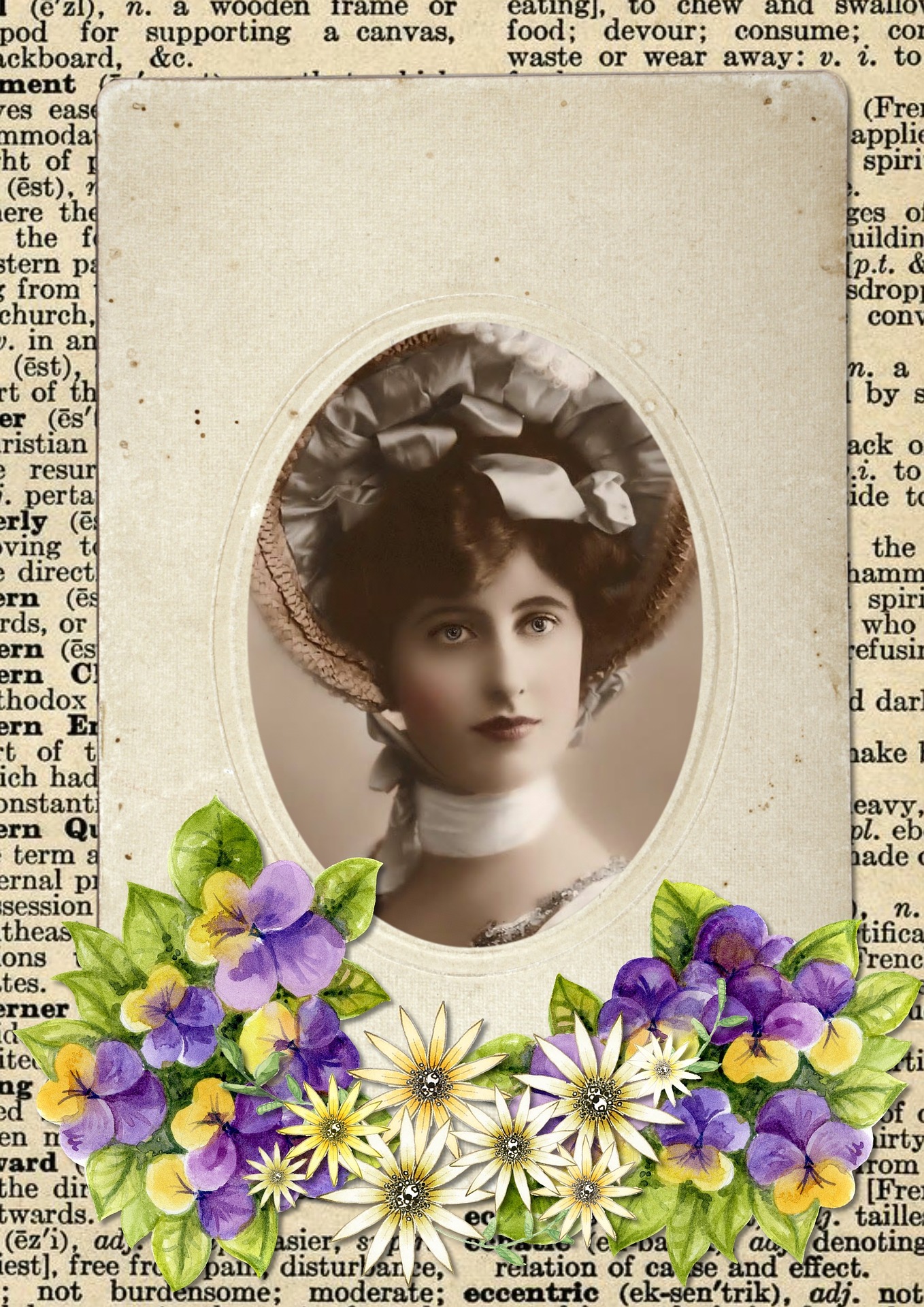
I really enjoyed reading the selection from Helen Damon-Moore’s book, Magazines for the Millions. I was particularly interested in the ways that the author brought together the intersection between the publisher, the advertiser, and the reader and how that dynamic relationship worked on itself, creating the reading and creating the advertising. And while the power of content choice seemed to be in the hands of the publisher, in reality, the situation was more about supply and demand. As a historian (in training) I also enjoyed the look at a very particular time in American history. With the rising application of mass produced goods, the rise of the middle class, and the birth of mainstream advertising, the LHJ was in a unique and beneficial position to really foment a culture of consumerism and targeted advertising.
One question that I do have is in regard to the discussion of spheres. In the introduction, the author rejects the idea of labeling domestic and public spheres, specifically in terms of being strictly male or strictly female. The discussion at the end of chapter one deals a little more concretely with the idea that it is not possible to have one sphere that is solely inhabited by women and the other that is solely inhabited by men as men were able to pass between the spheres with ease, something that women were not allowed to do. But I wonder if the idea of spheres is really that untenable; especially as the domestic sphere was so complex and had such an impact on women’s lives. Is it possible to view the sphere as a place with a significant discurisve function?

